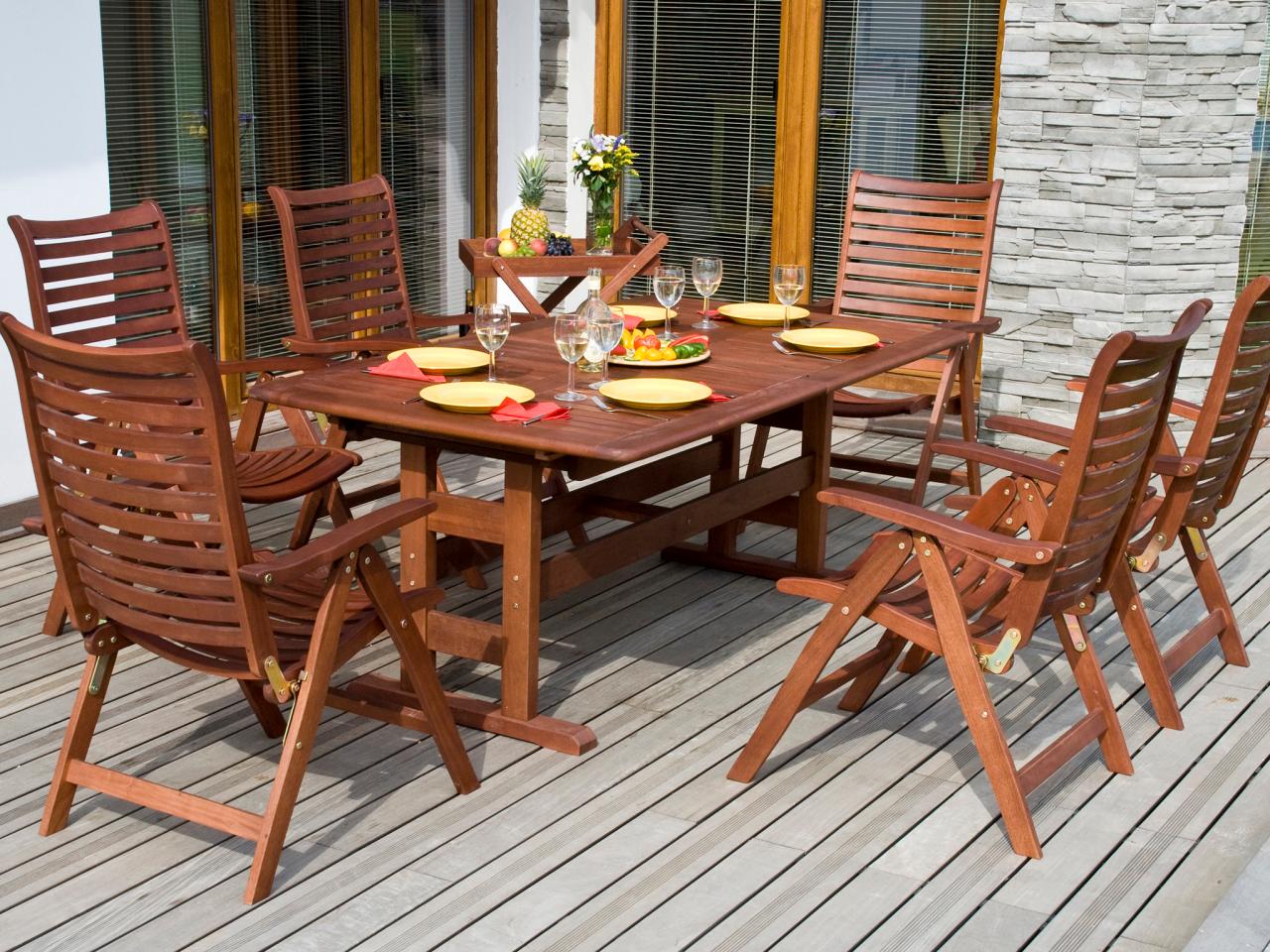When it comes to interior design, the Scandinavian style has been gaining popularity worldwide for its simplistic yet stylish approach. Jak wyciszyć mieszkanie, aby zapewnić sobie spokojny sen , as it is known in Polish, exudes a sense of elegance and functionality through its clean lines, neutral color palettes, and natural materials. This design aesthetic originates from the Nordic countries, where the long, dark winters have inspired a need for bright, cozy, and welcoming interiors. Whether you're a fan of minimalism or simply appreciate the beauty of Scandinavian design, mastering the styl skandynawski can transform your space into a serene sanctuary that reflects timeless elegance. Let's delve deeper into the key elements of this compelling style, and discover how you can effortlessly incorporate it into your own home.
Origins of Nordic Chic
The Nordic chic style, also known as "Styl skandynawski," originates from the Scandinavian region, which comprises countries like Sweden, Norway, Denmark, Finland, and Iceland. This minimalist design aesthetic, characterized by its simplicity, functionality, and natural elements, has gained worldwide popularity over the years.
The origins of Nordic chic can be traced back to the early 20th century when Scandinavian architects and designers started rebelling against the ornate and cluttered designs of the time. Przyjaciółki na zawsze: jak budować i utrzymywać silne więzi z przyjaciółkami sought to create spaces that were practical, comfortable, and aesthetically pleasing, reflecting the region's unique culture and landscape.
This design movement had its roots in the principles of functionality and craftsmanship. Scandinavian designers believed in creating furniture and objects that were not only visually appealing but also served a purpose. They emphasized the use of natural materials like wood, leather, and wool to bring warmth and a sense of connection with nature into interiors.
Furthermore, the Scandinavian lifestyle and climate heavily influenced the Nordic chic style. With long, dark winters, Scandinavians focused on creating spaces that were light-filled and cozy. This led to the use of light colors, such as whites, pastels, and soft grays, to maximize the reflection of natural light and create an airy ambiance.
In conclusion, the origins of Nordic chic can be attributed to the Scandinavian region's inclination towards simplicity, functionality, and harmony with nature. This design style has emerged as a timeless and versatile aesthetic, loved by many for its clean lines, natural materials, and inviting atmosphere.
Key Elements of Scandinavian Style
The Scandinavian style, also known as "Styl skandynawski," is characterized by its simplicity, functionality, and minimalism. It embraces nature-inspired designs and a clean aesthetic to create spaces that are inviting and cozy. In this section, we will explore three key elements that define the Scandinavian style.

- Natural Materials:
One of the primary features of Scandinavian design is the use of natural materials. Wood, in particular, is a prominent element in furniture, flooring, and accessories. It is often left untreated or finished with a light stain to showcase its natural beauty. Other materials like leather, wool, and linen are also commonly used to add warmth and texture to the space.
- Neutral Colors:
Another key aspect of the Scandinavian style is the use of neutral colors throughout the interior. White, taupe, and gray are frequently utilized as a base color scheme, allowing natural light to bounce off the walls and create an airy atmosphere. Kompletny przewodnik po znalezieniu idealnych spodni damskich na każdą okazję contribute to the overall simplicity and serenity of the design.
- Functional Design:
Scandinavian style focuses on practicality and functionality. Furniture pieces are often designed with clean lines, minimal ornamentation, and multi-purpose features. Storage solutions are cleverly integrated to maximize space, making it easy to keep the interior clutter-free. The emphasis on function ensures that every item serves a purpose while maintaining a visually pleasing aesthetic.
By incorporating these key elements of Scandinavian style into your interior design, you can create a space that is both visually appealing and functional. The simplicity and attention to natural elements will bring a sense of tranquility and harmony to your home, allowing you to embrace the Nordic chic in a modern and timeless way.
Tips for Achieving Nordic Chic in Your Home

Utilize a Neutral Color Palette: One of the key elements of Scandinavian style is the use of a neutral color palette. Stick to shades of white, beige, and light gray for walls and larger furniture pieces, as they create a sense of airiness and serenity in your space. Add pops of color sparingly through accent pieces such as cushions, rugs, or artwork to maintain the overall clean and minimalist look.
Embrace Natural Materials: Incorporating natural materials is essential in achieving the Nordic chic style. Opt for furniture made from light-colored woods like birch or pine to bring warmth and authenticity to your home. Additionally, consider adding elements of raw materials such as jute, linen, or wool in your textiles to enhance the cozy and natural feel of your space.
Minimalist Design and Functional Elements: The Scandinavian style prides itself on minimalistic design and functionality. Focus on decluttering your living areas and only keep essential items on display. Integrate smart storage solutions like floating shelves or hidden compartments to maintain a clean and organized space. Pay attention to practicality when selecting furniture pieces, ensuring they serve a purpose while maintaining an aesthetically pleasing appearance.
By following these tips, you can effortlessly bring the Nordic chic style into your own home, creating a harmonious and inviting atmosphere that embraces simplicity and elegance.
